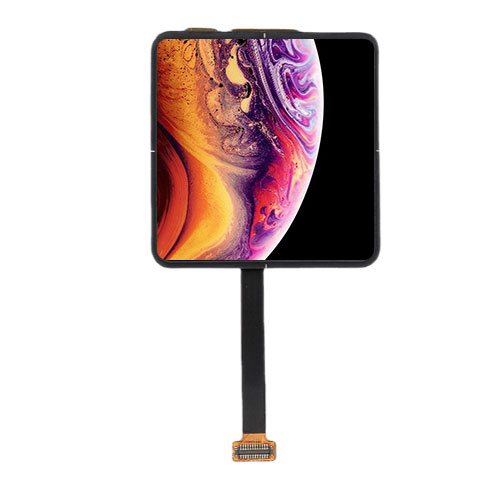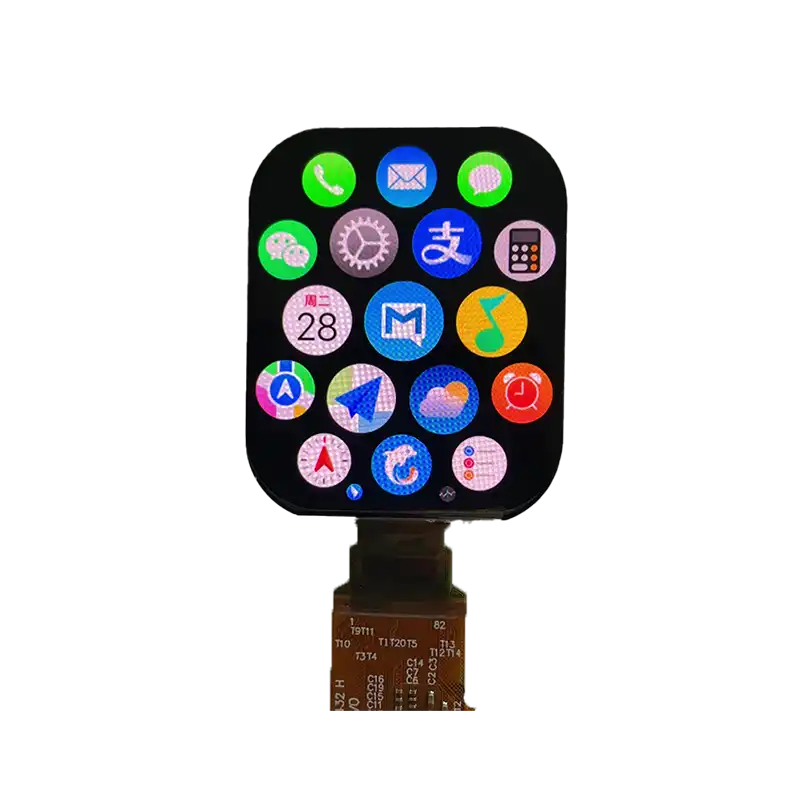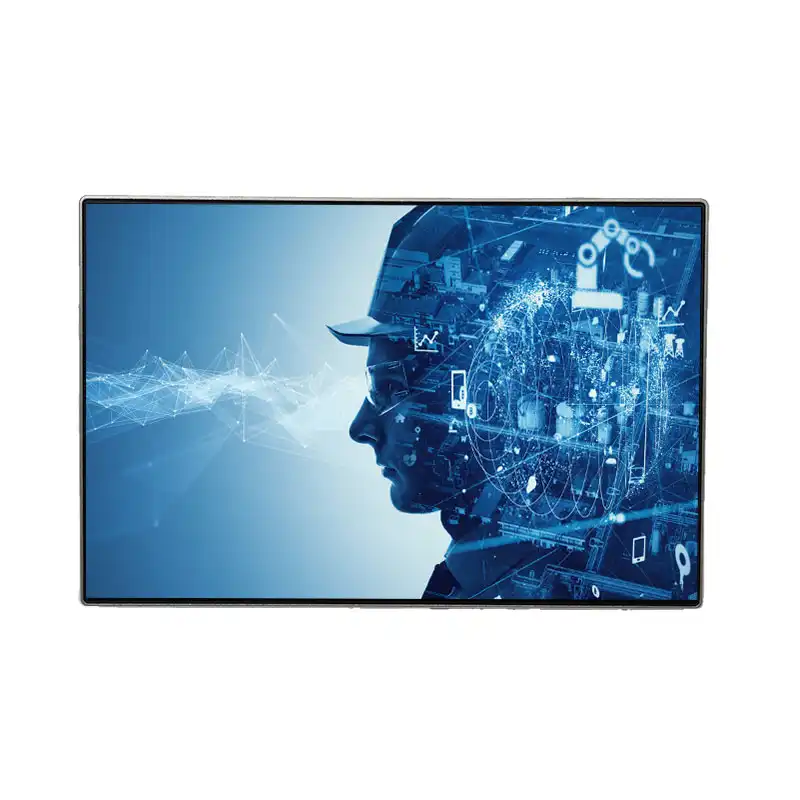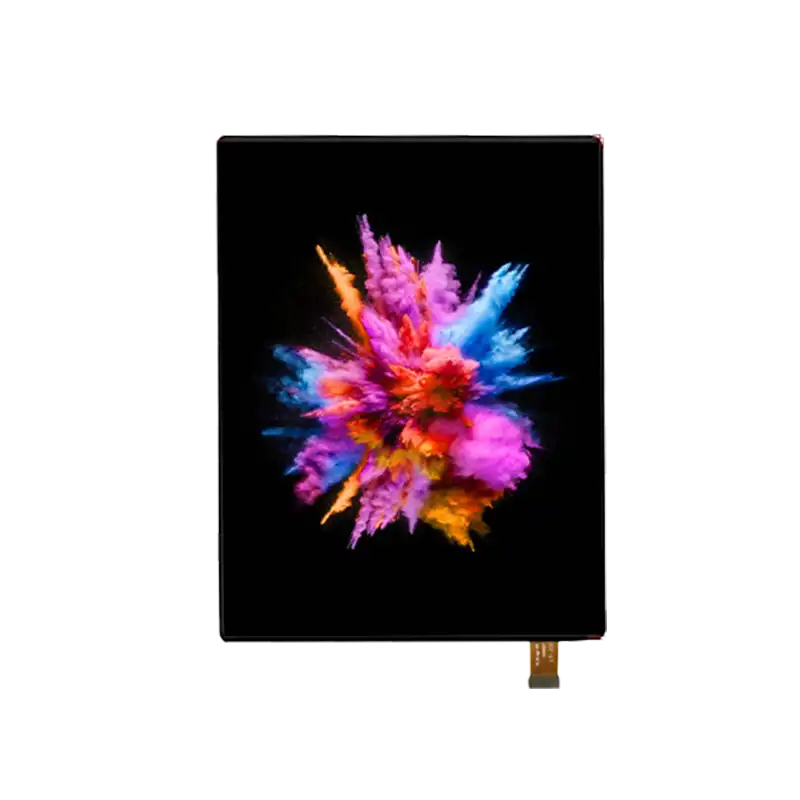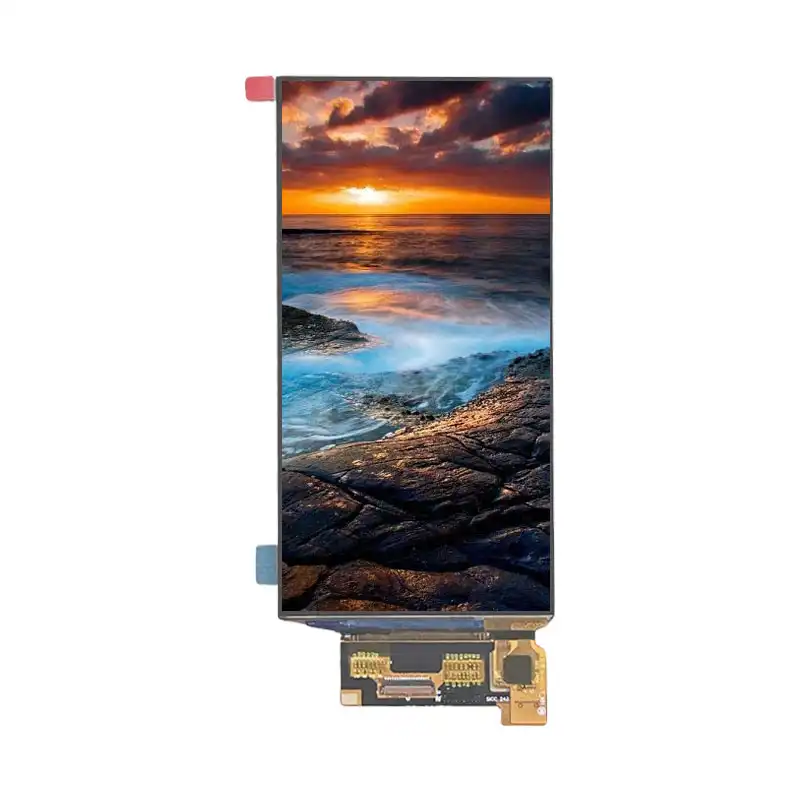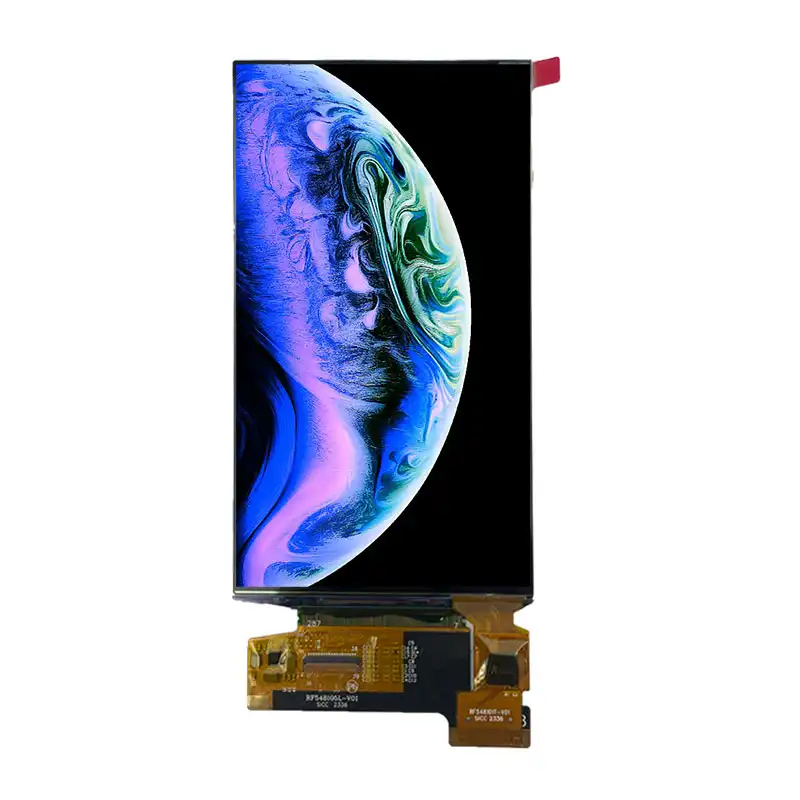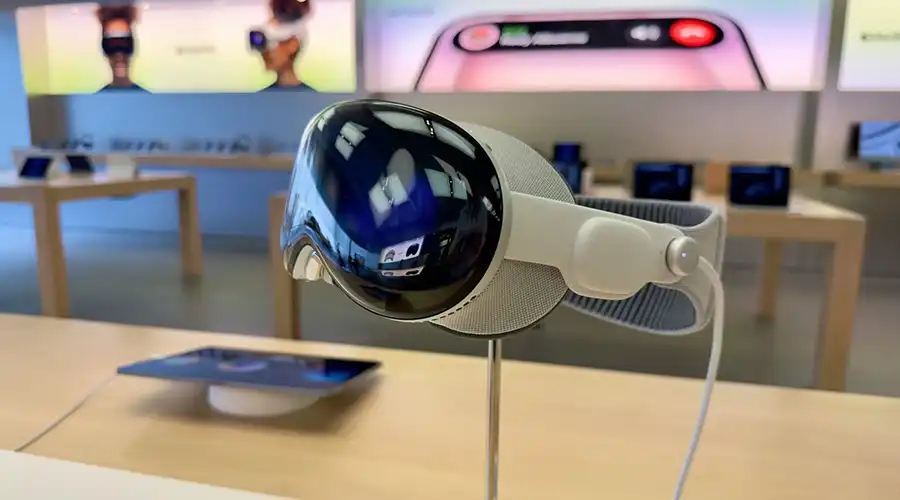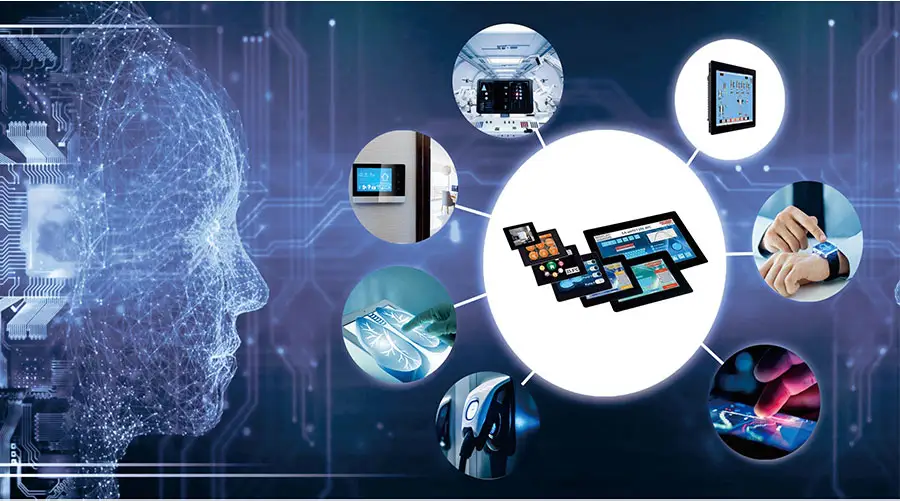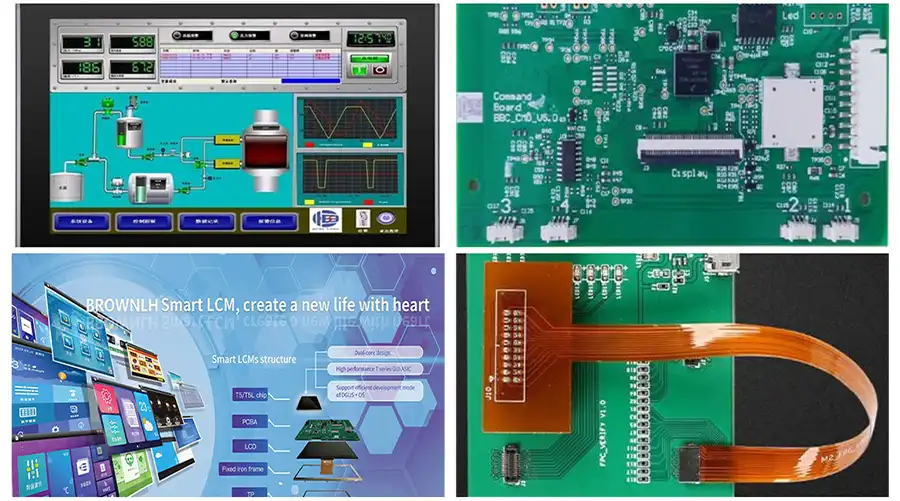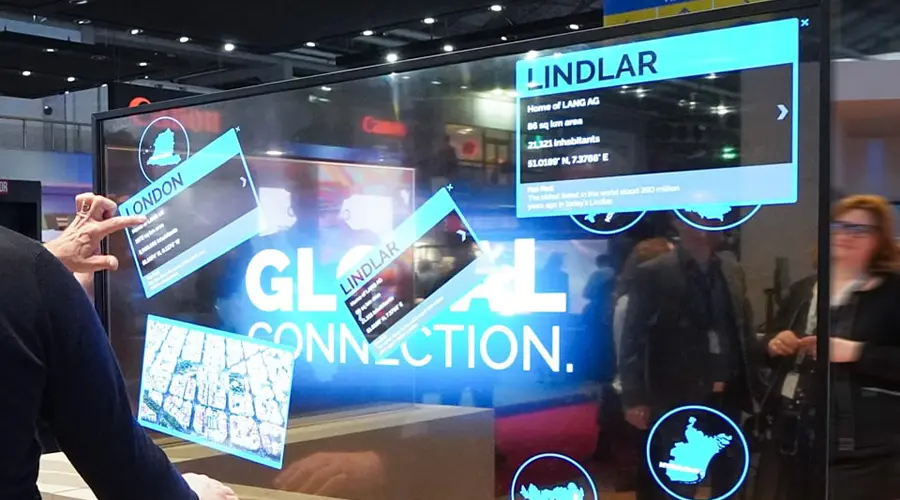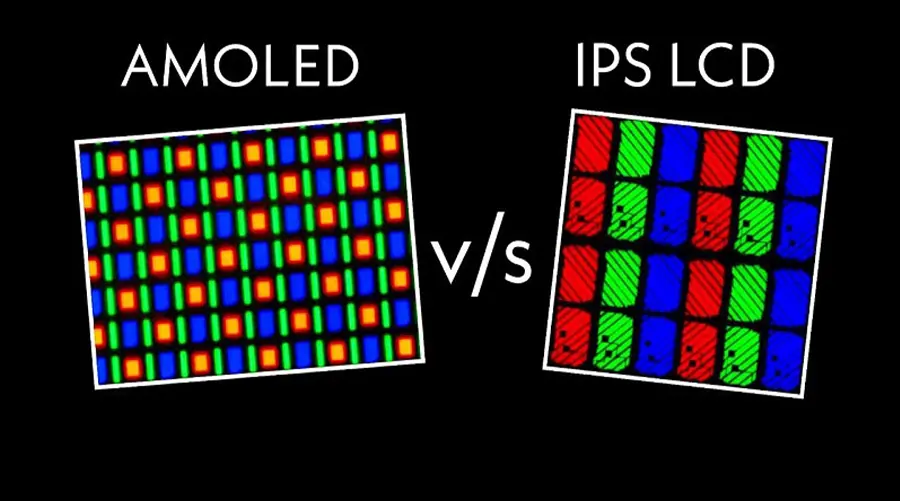By 2025, OLED (Organic Light-Emitting Diode) technology has transitioned from luxury smartphone displays to the foundation of a new visual era. No longer confined to flat rectangles, OLED now powers wearables, medical patches, automotive dashboards, and immersive AR interfaces. Its self-emissive pixels — producing light individually — enable ultra-thin, flexible, and energy-efficient displays that shape how humans perceive digital information.
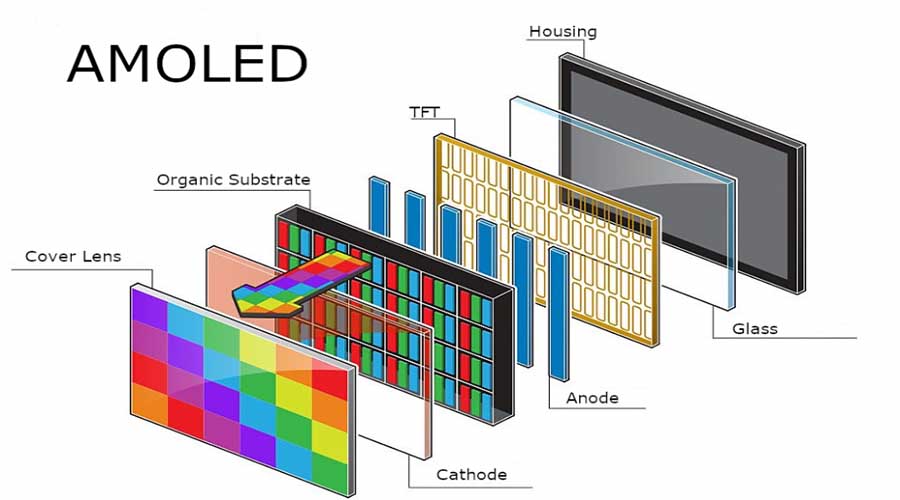
1. The Evolution of OLED
Once a niche research subject, OLED matured through the 2010s as display giants refined materials, deposition processes, and drive electronics. The early 2020s witnessed commercialization beyond mobile devices — foldables, automotive glass panels, and transparent signage. By 2025, OLED had split into multiple specialized branches: traditional AMOLED for mobile, microOLED (OLEDoS) for AR, and hybrid printed OLED for large, sustainable fabrication.
Unlike LCDs, OLED emits its own light per pixel, eliminating backlights. This reduces thickness, improves contrast (true blacks), and allows for flexible or transparent substrates. Modern OLEDs incorporate LTPO backplanes, advanced encapsulation, and AI-based compensation to mitigate burn-in. Combined, these qualities make OLED the most human-centric display medium ever created.
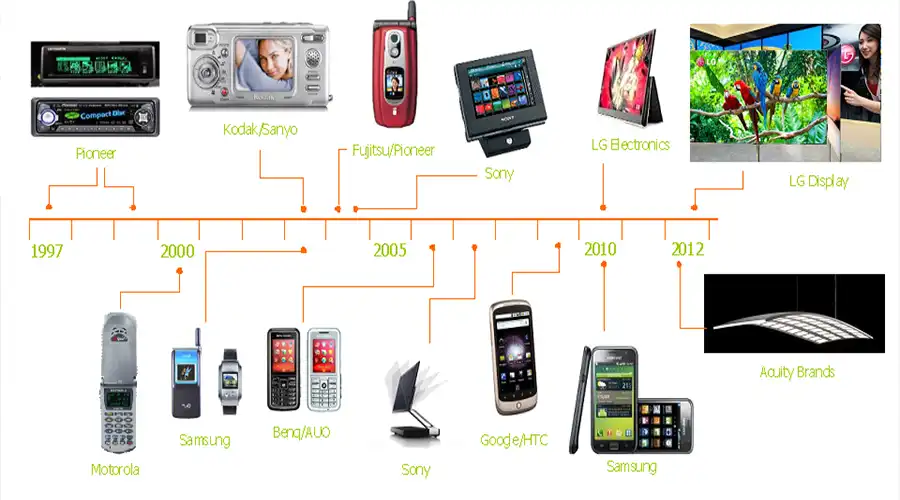
2. OLED in Wearables
Smartwatches and fitness trackers were the earliest mass-market validation for OLED. The curved, vivid, low-power displays enabled ergonomically sound devices with superb readability in outdoor settings. The flexibility and color precision of OLED perfectly fit wrist-mounted or textile-integrated use cases.
By 2025, wearable OLEDs have advanced to micro-thin modules embedded into medical sensors and skin patches. Real-time glucose, hydration, or oxygen monitoring now occurs on surfaces that breathe and flex. These displays can even remain partially transparent—showing vital data on the skin without blocking natural tone.
“OLED wearables exemplify where technology meets biology — responsive, adaptive, and almost invisible.” – Dr. Aiko Sato, Biotech Lab Tokyo
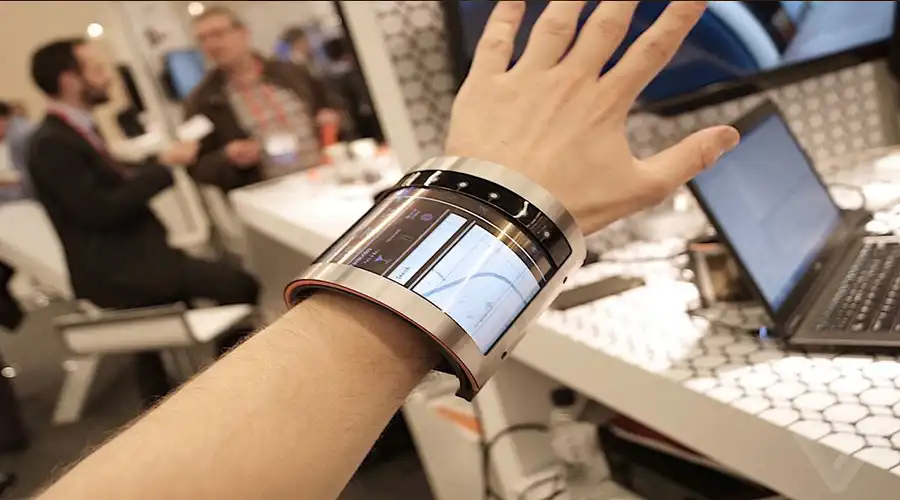
3. The Leap to AR Glasses
The 2025 AR revolution owes its realism to OLED-on-silicon (OLEDoS) technology — microdisplays with pixel densities exceeding 4000 PPI. These panels fit inside lenses mere millimeters thick, projecting crisp overlays across the user’s natural field of view. Unlike laser or LCD-based HUDs, OLED’s instantaneous contrast and deep black blending let virtual elements coexist believably with real-world objects.
The consumer market now enjoys lightweight AR eyewear capable of persistent data overlays — navigation arrows on roads, live captions in conversations, or contextual translation in travel. OLED’s self-luminous structure ensures privacy, rendering images visible only to the wearer’s pupils. Industries from surgery to engineering use similar optics for precision overlays and low-latency collaboration.
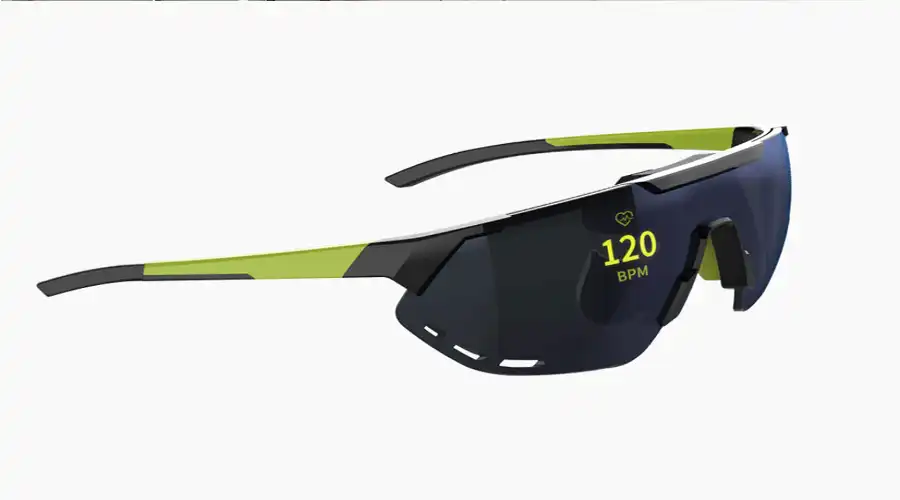
4. Transparency and Flexibility
Perhaps the hallmark of OLED design freedom lies in its material versatility. Transparent and foldable OLEDs now populate architecture, automotive dashboards, and appliances. Such displays deliver illumination and information without disturbing spatial design flows. Modern transparent OLEDs achieve over 70% light transmission, allowing unobstructed visibility behind onscreen graphics.
In industrial and vehicular design, OLED’s bendability permits dashboards and control panels to wrap around surfaces smoothly. Future concept vehicles already incorporate flexible OLED skins capable of displaying exterior signals, branding, or warnings directly on body panels. This is technology becoming texture—functional and aesthetic at once.
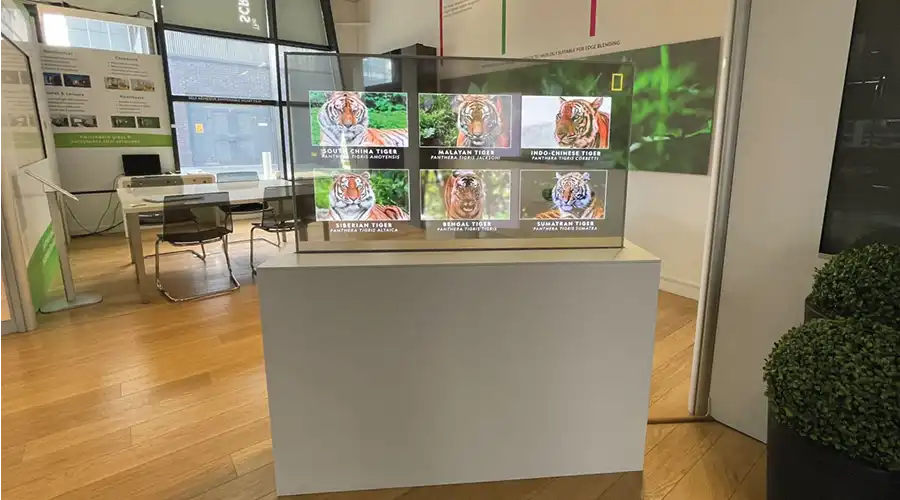
5. The Visual Aesthetics of OLED
OLED’s impact on human emotion is profound. The infinite contrast ratio—true black against vibrant hues—mimics the way our eyes perceive natural light. Designers leverage pixel-level dimming to craft interfaces that breathe rather than blink. Notice how smartwatch notifications fade in softly, or AR arrows ghost into view as if whispering directions rather than commanding attention.
In Entertainment and Storytelling
Eğlence sektörü, ekranların hikaye anlatımının dinamik yüzeyleri olarak hizmet verdiği sinematik AR kurulumları için OLED'den yararlanıyor. Düşük gecikmeli tepki süresi ve neredeyse sıfır hareket bulanıklığı, sürükleyici oyun ve sanal prodüksiyon ortamlarını daha da ileri taşıyarak fiziksel ve dijital kare hızları arasındaki sınırları belirsizleştiriyor. Sanatçılar artık ışığı doğrudan resmediyor; pikseller hayal gücünün fırça darbeleri gibi.
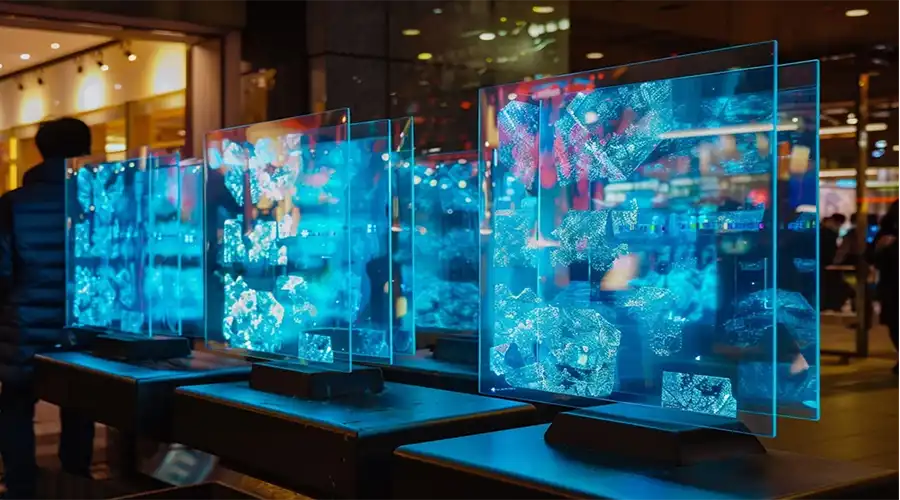
6. Sürdürülebilirlik ve Verimlilik
Enerji yoğun vakumlu biriktirme teknolojisinin yerini yazdırılabilir organik mürekkepler ve geri dönüştürülebilir alt tabakalar aldıkça, OLED'in çevresel ayak izi küçülmeye devam ediyor. Arka aydınlatma olmadan ve nadir metal bağımlılığı azaltılarak, OLED cihazlar daha az güç tüketiyor. Şirketler, ışık yayan katmanlar için biyobazlı polimerler ve şeffaf elektrotlar için grafen araştırarak dairesel malzeme ekonomisini teşvik ediyor.
Bu arada, enerji yönetimi teknolojileri (uyarlanabilir yenileme, hareketle tetiklenen aydınlatma ve derin uyku durumları) cihaz kullanım ömürlerini uzatır. Esnek OLED filmler ayrıca modüler onarılabilirliği destekleyerek elektronik atıkları azaltır. Sürdürülebilirlik artık bir pazarlama terimi değil; OLED'in DNA'sına işlemiştir.
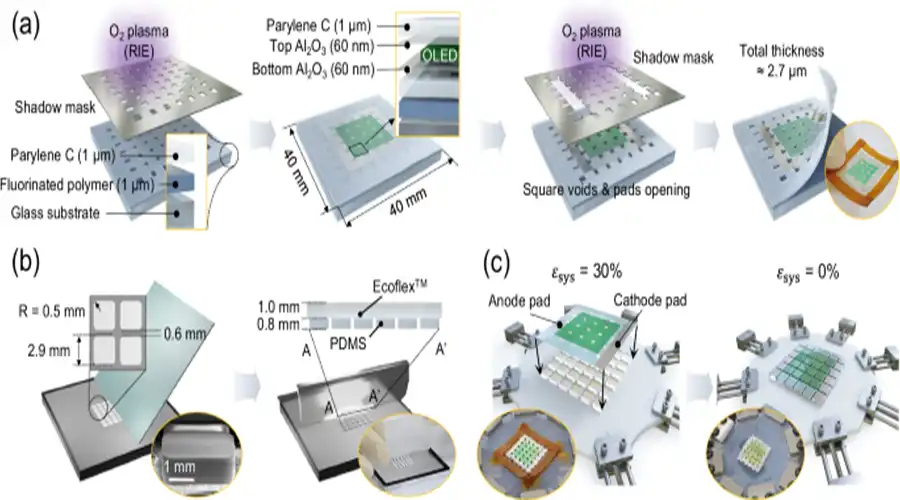
7. Gelecek – Ortam Zekasına Doğru
"Ekran sonrası" çağ başlıyor. OLED ekranlar, ortam zekasını mümkün kılarak maddi ortamlarla bütünleşiyor. Duvarlar, aynalar ve nesneler artık ışık yayan bir mantık taşıyor. OLED'in uyarlanabilirliği, her yüzeyi bağlamsal bir arayüze dönüştürüyor: incelikli, insan odaklı ve varlığa tepki veren.
Araştırma hızlanıyorKuantum nokta OLED (QOLED)Vefotonik mikro-OLED'lerParlaklığı ve spektrumu her göze göre ayarlayan. Çevredeki renk sıcaklıklarına göre otomatik denge sağlayan gözlükler veya odak derinliğini dinamik olarak ayarlayan AR katmanları hayal edin. Görsel sınırlar ortadan kalktıkça, OLED sadece bir ekran değil, aynı zamanda algının kendisi haline geliyor.
“OLED'in kaderi görünmezliktir; ekran ile gerçeklik birbirinden ayırt edilemez hale geldiğinde.” – Hiroshi Tanaka, NEXVision Labs
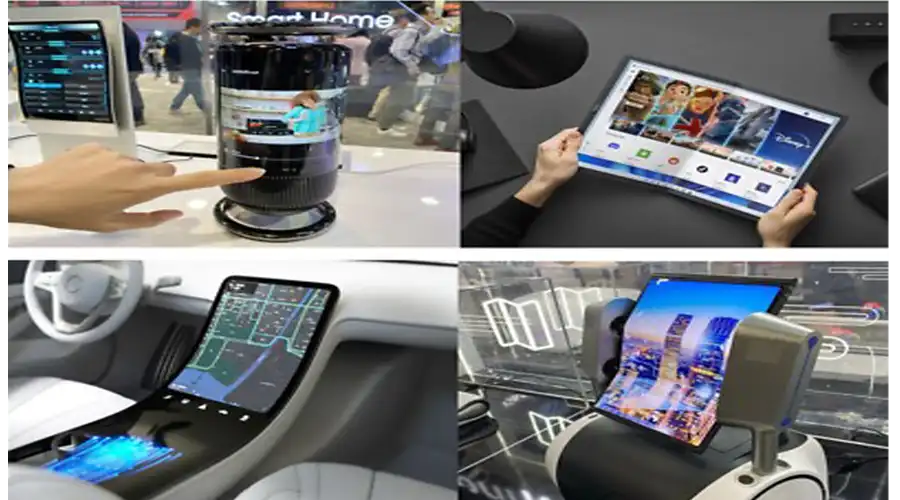
SSS
OLED yanması neden olur ve nasıl önlenebilir?
Yanma, statik görüntülerin uzun süre görüntülenmesi nedeniyle organik materyallerin eşit olmayan bir şekilde bozulmasıyla oluşur. Önleme yöntemleri arasında otomatik karartma, ekran zaman aşımı, piksel kaydırma, logo karartma ve statik içerik için yüksek parlaklıktan kaçınma yer alır.
OLED ekranlar dış mekan veya yüksek parlaklık ortamları için uygun mudur?
Standart OLED'ler doğrudan güneş ışığı altında zorlanır. Ancak 2025 modelleri, artırılmış parlaklık ve yansıma önleyici kaplamalarla donatılmıştır. Özel yüksek nit OLED'ler, gün ışığında görünürlük için Mini LED'lerle aradaki farkı kapatıyor.
OLED ekranlar genellikle ne kadar dayanır?
Modern OLED ekranların kullanım ömürleri, yarı parlaklık seviyesine (L50) ulaşana kadar 50.000 ila 100.000 saat arasında değişmektedir. Yeni mavi ışık yayan malzemeler, bu süreleri daha da uzatarak ticari kullanım ömürlerini LCD ekranlarla karşılaştırılabilir hale getirmektedir.
OLED'ler her zaman açık ekranlarda kullanılabilir mi?
Evet — OLED, yalnızca yanan pikseller güç tükettiği için AOD (Her Zaman Açık Ekran) için idealdir. Düşük parlaklık kullanımı ve içeriğin periyodik olarak kaydırılması, farklı yaşlanmayı en aza indirir.
AMOLED ile PMOLED arasındaki fark nedir?
AMOLED, yüksek çözünürlük ve hızlı yenileme için aktif matris TFT katmanı kullanır; akıllı telefonlar ve giyilebilir cihazlar için mükemmeldir. PMOLED ise piksel satırlarını ve sütunlarını pasif olarak çalıştırır; bu da daha düşük maliyetli küçük veya statik göstergeler için daha iyidir.
OLED ekranlar dokunmatik özelliğini destekliyor mu?
Son makaleler
-
2025'te AR/XR için 1-2 inç AMOLED'lerin Neden Önemli Olduğu
AR/XR Patlamasında 1-2 İnç AMOLED Ekranların Neden Vazgeçilmez Hale Geldiği (2025 Sektör İçgörüsü)
-
Understanding OLED Display Technology: Principles, Performance & Applications
OLED (Organic Light Emitting Diode) displays are a class of self-emissive display technology in whic
-
From Wearables to AR Glasses – How OLED Displays Are Redefining Visual Experiences in 2025
By 2025, OLED (Organic Light-Emitting Diode) technology has transitioned from luxury smartphone disp
-
Perakende için Gerilmiş Çubuk LCD Ekranlar: Süpermarketlerde Satışları ve Etkileşimi Artırın
Gerilmiş çubuk LCD ekranların süpermarket raf kenarı pazarlamasını nasıl geliştirdiğini, satışları nasıl artırdığını ve
-
Restoranlar ve Misafirperverlik Mekanları için Gerilmiş LCD Çözümleri
Gerilmiş LCD'ler, restoran menüleri ve misafirperverlik hizmetleri için mükemmel, şık ve yüksek parlaklıkta ekranlar sunar
Önerilen ürünler
-
2,0 inç kare HD OLED AMOLED Modülü 460 x 460 QSPI Arayüzü
Endüstriyel ve Gömülü Sistemler için QSPI Arayüzlü 2.0" AMOLED Ekran ModülüTemel Özellikler
-
2.06 inç OLED Ekran | 410×502 Çözünürlük | 600 Nit | SPI Ekran
2,06 inç AMOLED ekran modülü, zorlu endüstriyel ortamlar için özel olarak tasarlanmıştır.
-
7,0 İnç AMOLED Ekran Modülü | 1280×800 Yüksek Parlaklık
7,0 inç AMOLED Ekran Modülü, yüksek çözünürlüklü, geniş görüntüleme sağlayan bir ekran çözümüdür.
-
8,0 İnç AMOLED Ekran 2480×1860 MIPI DSI-KAHVEOPTO
2480x1860 çözünürlüğe, MIPI DSI arayüzüne ve SPI dokunmatik özelliğine sahip 8.0" FHD AMOLED modül. Endüstriyel kullanım için idealdir.
-
6,0 İnç AMOLED Ekran 1080×2160 MIPI - BR600108-A1
1080x2160 çözünürlüğe, MIPI 4 kanallı arayüze ve 360 nit parlaklığa sahip 6.0" FHD+ AMOLED modül. İdeal
-
5,5 inç AMOLED Ekran Modülü – Yüksek Çözünürlüklü LTPS MIPI Paneli
5,5 inç AMOLED Modül Ürün Sayfası 5,5 inç AMOLED ekran modülü

